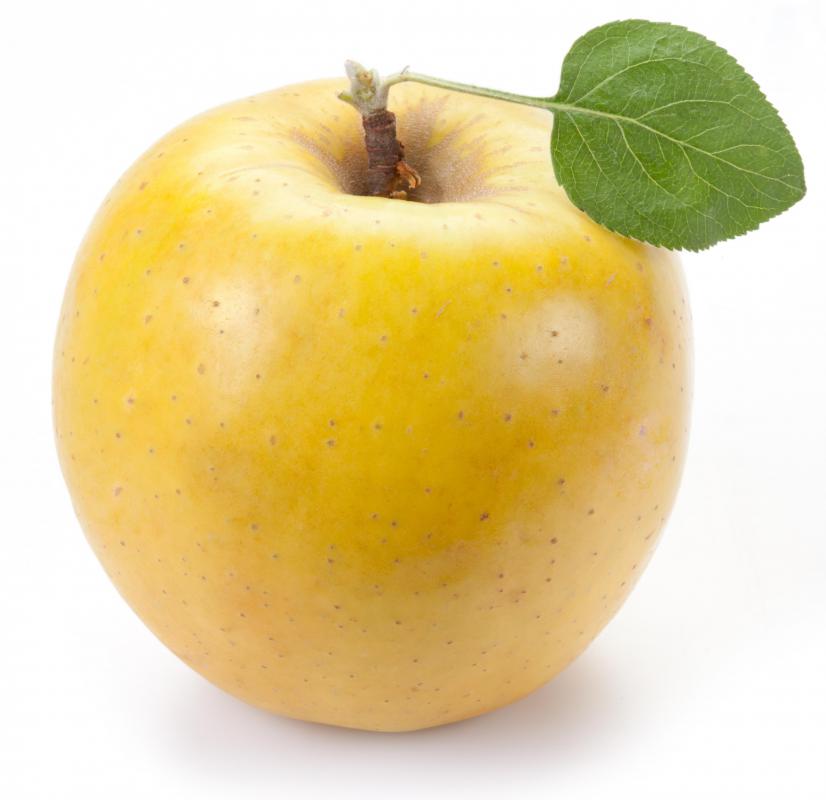At WiseGEEK, we're committed to delivering accurate, trustworthy information. Our expert-authored content is rigorously fact-checked and sourced from credible authorities. Discover how we uphold the highest standards in providing you with reliable knowledge.
What does an Ethnobotanist do?
Part cultural anthropologist, part traditional botanist, an ethnobotanist devotes his or her life to studying the relationship between cultures and plants. In the technology-centered modern world, it is easy to forget the vital bond between humans and the plant world. The job of an ethnobotanist is to investigate the history, meaning and uses of plants by a specific culture, in hopes of gaining insight to the people and possibly discovering new uses or properties of plants.
Perhaps the most obvious human-plant connection is through use as food, but this is far from the only need fulfilled by the world of flora. Since ancient times humans have used plants for medicine, dyes, fabric and even building materials. In some tribes, plants retain their tremendous practical and even spiritual use.

An ethnobotanist may attempt to gain acceptance or initiation with a tribe in order to gain knowledge into their use of plants. This job is more difficult than it seems, as tribal wisdom is often closely guarded and protected by elders such as shaman. It may take a long period of trust-building and interaction for an ethnobotanist to be permitted to learn about traditional use of plants at all; in some cases, an aspiring ethnobotanist will choose to apprentice him or herself to a tribal shaman for several years in order to gain access to their knowledge and lore.

According to some ethnobotany experts, one major goal of the field is to study the mythological and symbolic importance of certain plants. Understanding the psychological relationship between a culture and its special plants can be key to understanding the society itself. It doesn't take long to notice the human-plant connection in even traditional mythology: the mandrake root, Paris and the golden apples, even the frankincense supposedly given to Jesus on his birth are all examples of the symbolic importance of plants to a culture.
Another main goal of an ethnobotanist is to discover new uses and medicinal properties of plants. Alternative medicine, such as herbology, is becoming more accepted in the modern world as it becomes apparent how vital plants can be in medical treatment. Richard Evans Schultes, considered by many to be the greatest 20th century ethnobotanist, is responsible for cataloging the use of thousands of plants, including curare, a somewhat toxic substance used in poisons in the Amazon and now frequently used during modern surgery as a muscle-relaxant.
Throughout the 19th century, when new modes of transportation made longer journeys possible, anthropology and botany flourished as separate disciplines. It was during this century that many of the great botanical gardens were started with samples brought back from exotic countries, and a talented botanist could make a true fortune by gathering new plants across the world. In 1895, the word ethnobotanist came into use as botanists began to merge their work with that of cultural anthropologists. By studying the cultures that had used these plants for thousands of years, insight was possible into both the plants and the people.
AS FEATURED ON:
AS FEATURED ON:












Discuss this Article
Post your comments